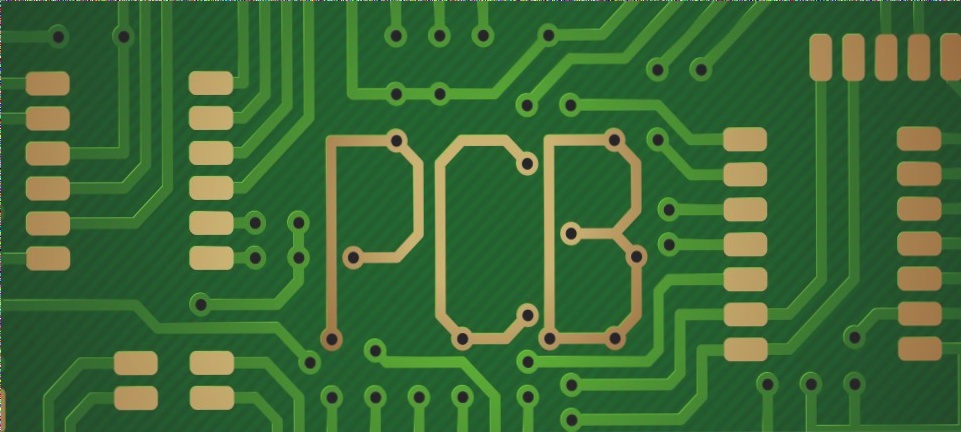Developing Good Habits for PCB Design
Many may view PCB design work as tedious, involving thousands of wires, various packages, and repeated tasks. However, designers must make trade-offs considering performance, cost, and craftsmanship. Creating a tidy and logical board layout requires wisdom.
Creating the Schematic Diagram
- Start with the schematic diagram before layout work.
- Label and mark areas needing attention for easier debugging.
- Use hierarchical diagrams for better organization and future reuse.
- Utilize proven designs to reduce risks and overwhelm.
Setting Rules
- Establish wiring rules in PCB design software to prevent errors.
- Enhance workflow with proper rule settings as board complexity grows.
- Utilize automatic functions in EDA tools for efficient design.
Arranging Circuit Layout
- Plan layout before routing wires for improved performance.
- Follow signal paths for smooth transmission.
- Divide the board into functional areas for better organization.
- Optimize layout by separating components and considering shielding.
Developing these habits leads to more reasonable designs, easier production, and better performance in PCB design.



